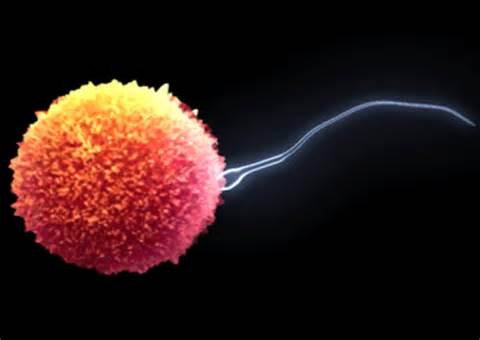Introduction:
Sexual reproduction is the formation of offspring that are genetically distinct from their parents; most often, two parents contribute genes to their offspring. Among most eukaryotes, sexual reproduction consists of two processes that lead to an alternation of haploid and diploid cells: meiosis produces haploid gametes, and fertilization produces diploid zygotes.
The term sex refers to sexual phenotype. Most organisms have only two sexual phenotypes: male and female. The fundamental difference between males and females is gamete size: males produce small gametes; females produce relatively large gametes.
The mechanism by which sex is established is termed sex determination. We define the sex of an individual in terms of the individual’s phenotype—ultimately, the type of gametes that it produces.
Sometimes an individual has chromosomes or genes that are normally associated with one sex but a morphology corresponding to the opposite sex. For instance, the cells of female humans normally have two X chromosomes, and the cells of males have one X chromosome and one Y chromosome.
A few rare persons have male anatomy, although their cells each contain two X chromosomes. Even though these people are genetically female, we refer to them as male because their sexual phenotype is male.
There are many ways in which sex differences arise. In some species, both sexes are present in the same individual, a condition termed hermaphroditism; organisms that bear both male and female reproductive structures are said to be monoecious (meaning “one house”). Species in which an individual has either male or female reproductive structures are said to be dioecious (meaning “two houses”).
Humans are dioecious. Among dioecious species, the sex of an individual may be determined chromosomally, genetically, or environmentally.
Chromosomal Sex-Determining Systems:
The chromosome theory of inheritance states that genes are located on chromosomes, which serve as the vehicles for gene segregation in meiosis.
In 1891, Hermann Henking noticed a peculiar structure in the nuclei of cells from male insects. Understanding neither its function nor its relation to sex, he called this structure the X body.
Later, Clarence E. McClung studied Henking’s X body in grasshoppers and recognized that it was a chromosome. McClung called it the accessory chromosome, but eventually it became known as the X chromosome, from Henking’s original designation. McClung observed that the cells of female grasshoppers had one more chromosome than the cells of male grasshoppers, and he concluded that accessory chromosomes played a role in sex determination.
In 1905, Nettie Stevens and Edmund Wilson demonstrated that, in grasshoppers and other insects, the cells of females have two X chromosomes, whereas the cells of males have a single X. In some insects, they counted the same number of chromosomes in
